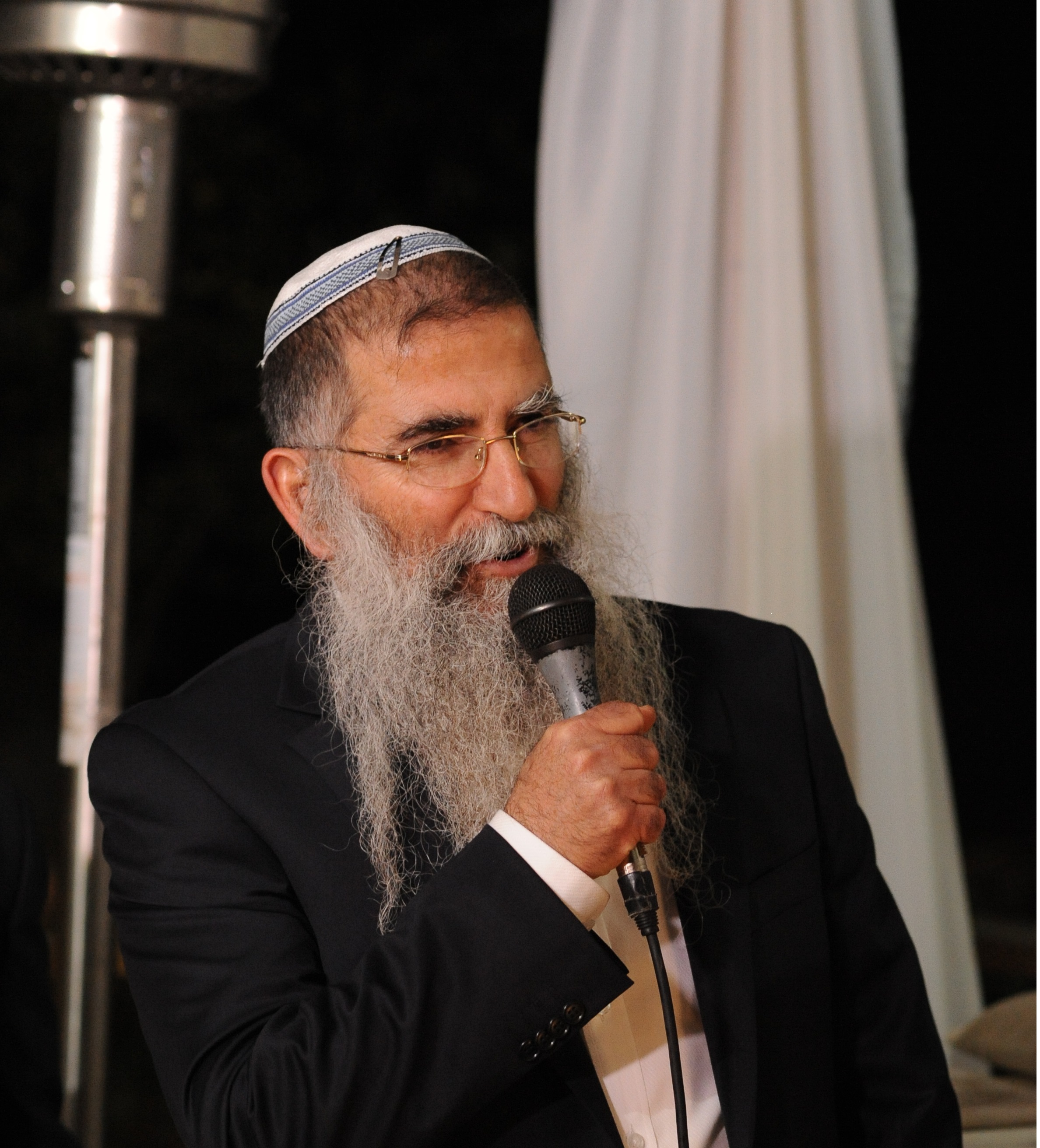Beit Midrash
- Sections
- Chemdat Yamim
- P'ninat Mishpat
Ruling: The fundamental question is whether, when one has protected right to pass through another’s property, the owner can take away from the quality of the passageway in a minor way.
The mishna (Bava Batra 99b) deals with a path one person uses through another’s field. If the path is through the side of the other’s field, the passerby can come and go as he likes and can bring in merchants through the path, but he cannot use it to pass into another field, and neither party can plant vegetation on the path. If it is in the middle of the field, the passerby can go only at standard times, cannot bring in merchants, and the owner of the field can plant vegetation there.
We can learn from the mishna that even when one acquires rights of passage through another person’s property, it does not equate the rights of the passerby to those of the owner. For that reason, the owner, in the latter case, can plant in the path even though this makes traversing it more difficult. The Rashbam (ad loc.) and the S’ma (169:5) explain the distinction regarding the path’s location as follows. When it passes through the heart of the owner’s field, one can assume that he did not give rights that would harm his own use of his field, i.e., the right to plant there.
It is not our intention to make a "one-to-one" analogy between the cases. However, considering that def’ and his customers also use the walkway adds to our observation that the changes do not drastically impact the quality of passage. To not allow def to build in a manner that he feels is of importance to his store and, certainly, to make him destroy that which was already built is too drastic a step to demand of the owner to protect marginal interests of the people with rights of passage.
While pl’s claims were rejected, beit din took note of def’s stated willingness to make certain improvements in the state of the walkway to mitigate the deficiencies created by the new roof. Beit din conveyed to def that it expects that he will carry out those commitments to help restore peace and good will.

P'ninat Mishpat (803)
Various Rabbis
287 - Looking for a Flaw
288 - Rights to Make Changes in a Walkway
289 - Applying the Law
Load More

P'ninat Mishpat: End of Tenure of Development Company – part II
based on ruling 77097 of the Eretz Hemdah-Gazit Rabbinical Courts
Beit Din Eretz Hemda - Gazit | Tammuz 5785

P'ninat Mishpat: Dividing Returns on Partially Cancelled Trip – part I
based on ruling 84070 of the Eretz Hemdah-Gazit Rabbinical Courts
Beit Din Eretz Hemda - Gazit | Tammuz 5785

P'ninat Mishpat: Damage from Renovations
based on ruling 82093 of the Eretz Hemdah-Gazit Rabbinical Courts
Beit Din Eretz Hemda - Gazit | Elul 5785





















